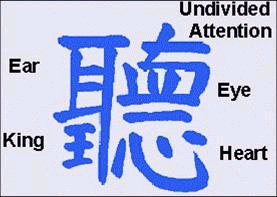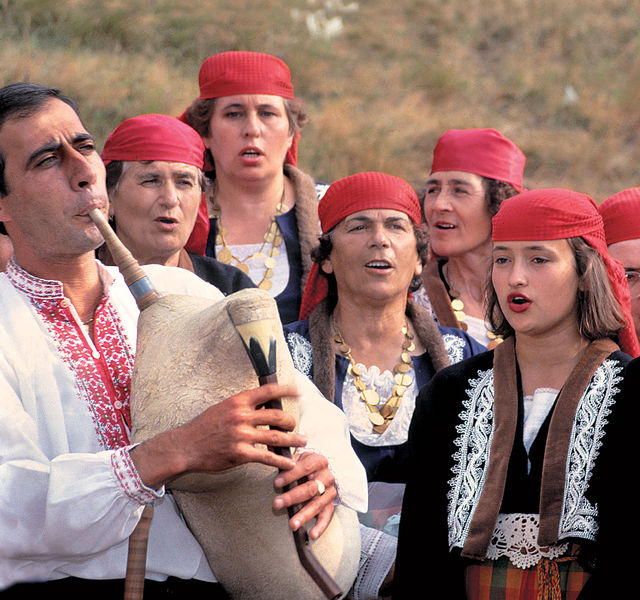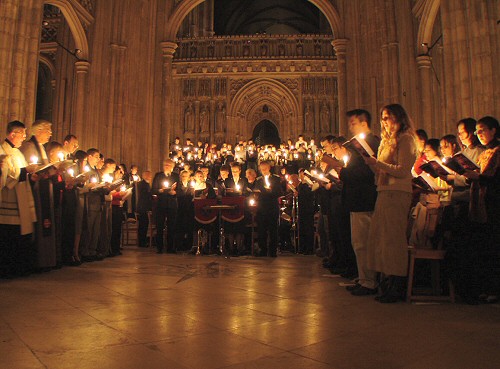

Music has long touched our souls, stimulating our senses, moving our bodies and soothing our pain. Whenever words did not speak, the language of music could. And yet there is no dictionary, no learned grammar. One language, an universal language, not taught, but felt.
A language that touches and can speak to all beings. It can speak at many levels – can I hear it?
Whether invited or not, it enters the body through every pore, every part, outside and inside us. The sound of music will enter us, but to what extent? How to listen and to allow it to enter? How to get out of the way – and be there?
In contemporary musical training at Western schools and conservatoires the emphasis lies on doing, on achieving. For many years I mistakenly thought that learning music equalled practice. I completely forgot about listening, the very essence of music.
One day a friend pointed out that an acquaintance was getting ‘deaf’ out of her 5-6 hour daily practice. The more she practised, the less she could hear herself, becoming deaf to the cry of her tense hand, her tense body.
And yet how to balance the necessary daily ‘practice’ of finely tuned muscles, the demanding task of learning how to read and become fluent on musical notation and still not to lose the ability to listen? Is it possible to listen? Listen to our bodies as we play, to be with every sound and little movement of the finger? Listen to our backs as we struggle to sight-read a piece of music? So much attention is needed, a welcoming and whole attention.
How to get out of the way of music? In performance, how can one ‘disappear’ and allow music to appear? It is a very fine and delicate line, and so much attention is needed to balance both sides. The search is renewed at every moment.
The simplicity of a folk song teaches so much. For a classically trained musician it can be quickly dismissed and at the same time be quite daunting – it offers very little chance to hide behind extravagant passages, to assert vain streaks. There is almost nowhere to hide, to pretend, to lie. The song is; simple, bare.

And to sing… how easy singing is when we are little. And how difficult it can sometimes be when reaching teenage years and adulthood! It resembles the development of movement and dance. A child rarely feels embarrassed about embodying movements or dancing. Little by little we learn how to be self-conscious, to protect and preserve an imaginary and idealistic self-image. Spontaneity gets imprisoned in the attempt to get it right, not to make mistakes, not to make a fool of oneself.
So as adults can we learn how to listen again? Not to listen to what we want to listen to, but listening to what is there, accepting and welcoming it. Is it possible to accept the tension, going out of tune with the enjoyment of the unknown, discovering our voices? The sound is out there and we are invited to the movement of welcoming it.
A casual whistling, a bird’s singing, children’s voices are playing in the background. There is so much life in them – can I hear their music? Where am I?
Monica Ube
